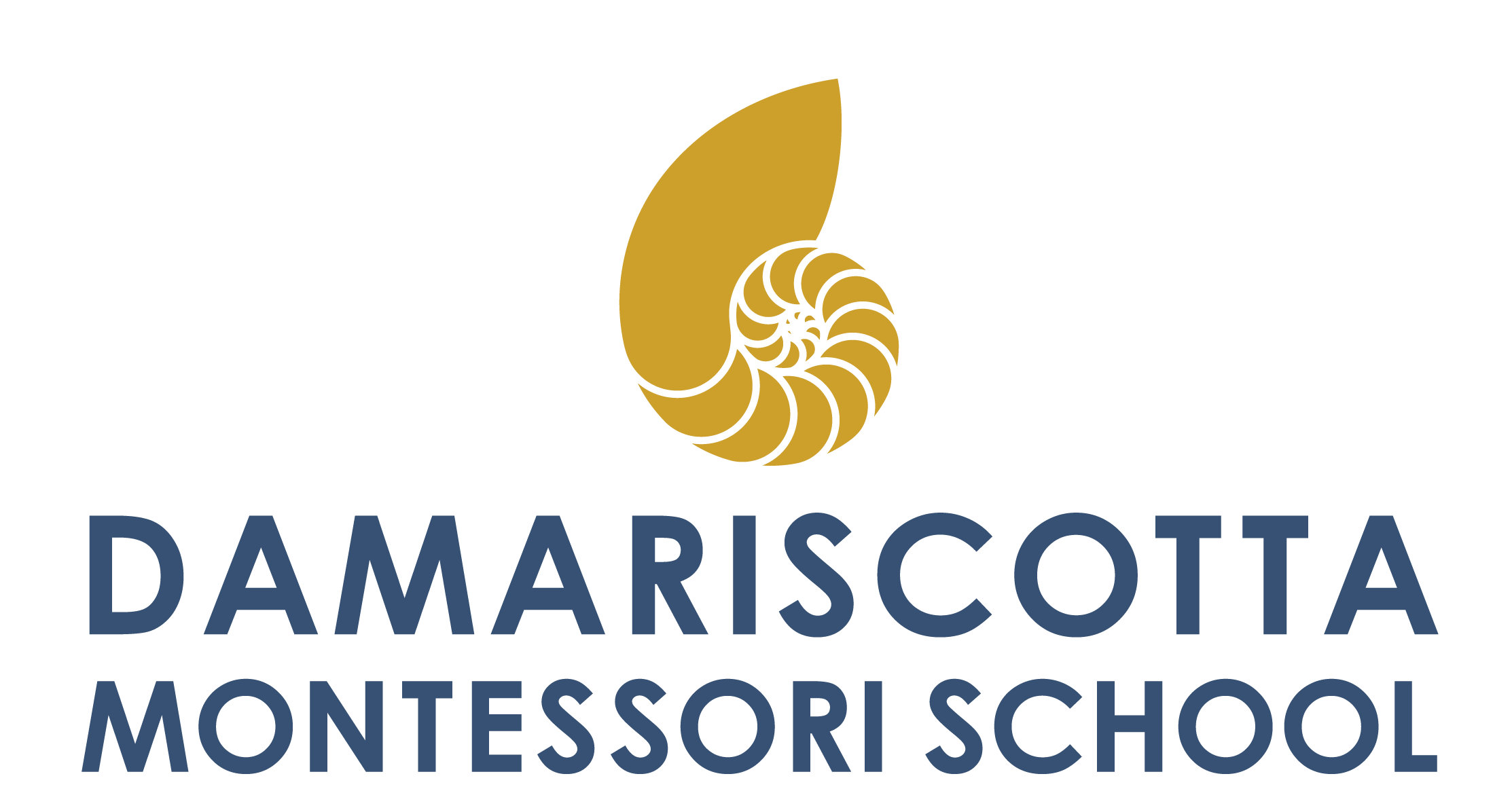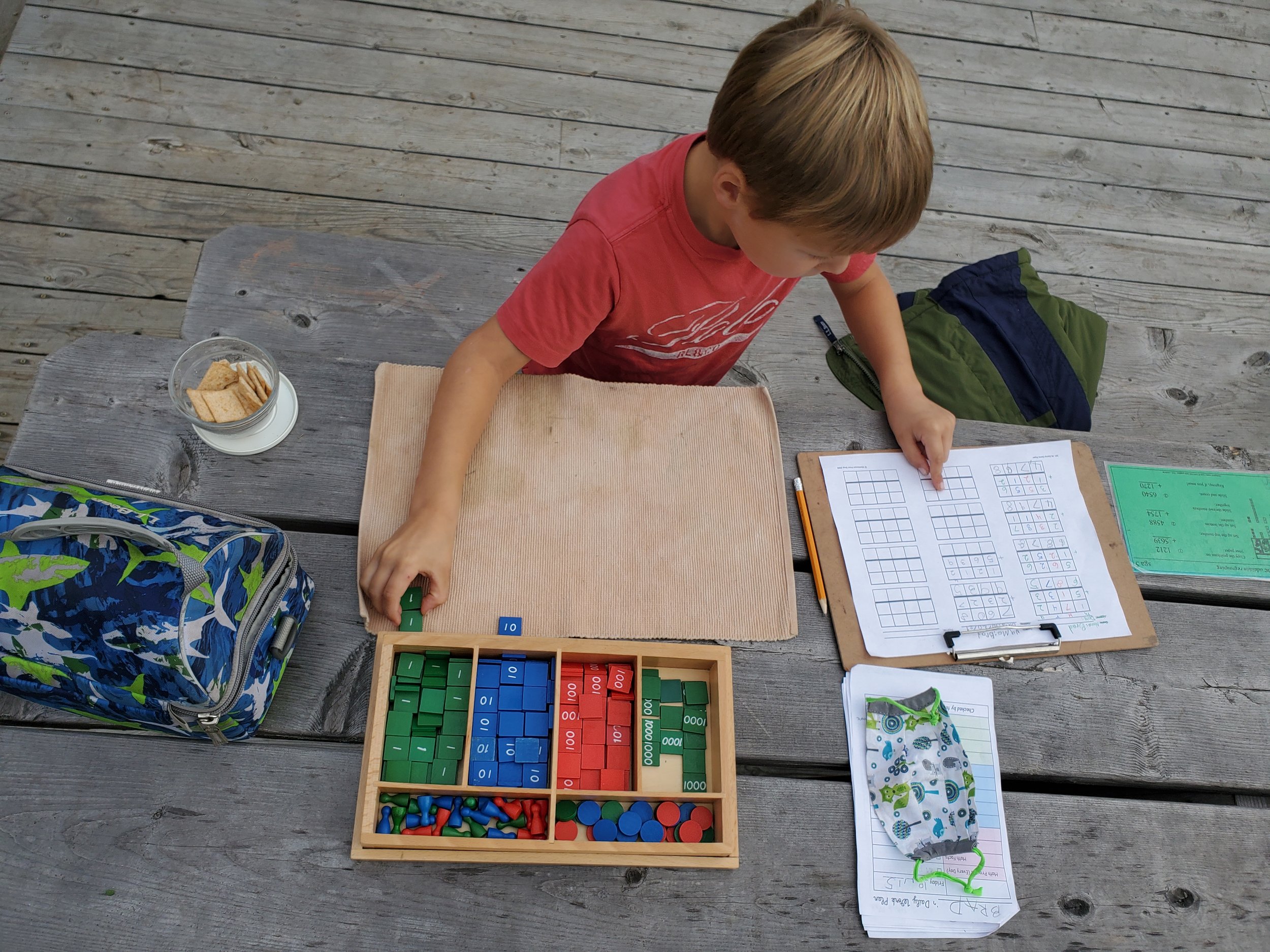Welcome
The mission of the Damariscotta Montessori School is to provide a carefully planned, stimulating Montessori environment, which will help children develop within themselves the foundation for a lifetime of learning, thinking and living. Read more of Our Mission.







